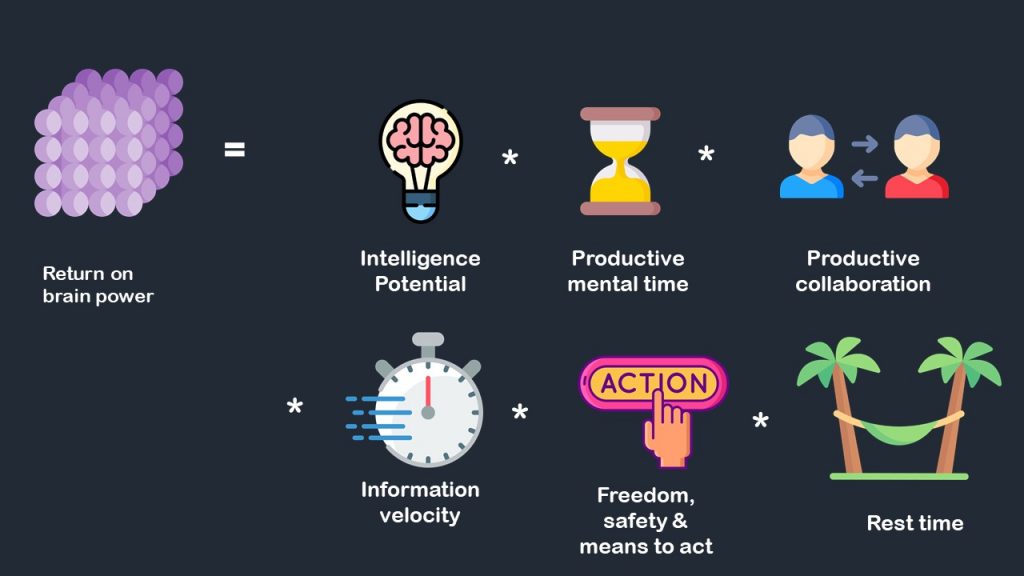When, in December 2022, the Chinese carmaker BYD overtook Tesla as the world’s biggest seller of electric cars the news resounded round the world like thunder in a clear sky. The performance was coupled with price cuts of almost 20% that Tesla had to concede to stay in the Chinese market.Clearly, not a single company, even those acclaimed as tech stars of the Silicon Valley, seems to be able to stand in the way of Chinese ventures.
Lulled by a long-standing sense of superiority, Western countries have failed to grasp the depth of Chinese thought behind this success. Nor do they comprehend the advantages this approach provides to its followers. According to ancient Chinese philosophy, everything is in a perpetual flux, nothing is permanent. The hidden potential of a situation is more relevant than the present state of affairs, which will inevitably mutate. To influence upcoming changes, leaders should work along the lines of least resistance to make things happen with grace and fluidity.
At a macro level, western governments have fallen victim to several of the approaches described inthe Thirty-Six Stratagems, a 6th century classic in Chinese literature. In the 30th stratagem, for example, the author invites readers to “withdraw as a guest, return as a host”. The guest thus adopts a subordinate position to bring down the defenses of the host and, little by little, nibbles at his foundations, patiently exploiting his weak points. In the 17th stratagem, it is suggested to “toss out a brick to lure a jade gem”, in other words, throw a bait to your rival and he will drop his guard. You can then capture him or seize his valuables easily. The more attractive the bait looks, the better disguised the real purpose is and the more effective the strategy will be.
The Strategic Thinking Used By Chinese Leaders
We could extend this list of military and political strategies dating back centuries, but these two should suffice to encapsulate how Chinese leaders have simultaneously downplayed their own strengths and ambitions, exploited the greed of western companies to conquer China’s immense market, and turned the West’s neoliberal ideology to their advantage. The huge trade facilities granted to them on western markets, under the principle of trade without discrimination, were indeed never fully reciprocated. The profits made by a few of the West’s high-end or luxury companies on the Chinese market (the “brick” of the stratagem) never compensated for the losses incurred in other sectors of western economies (the “jade”), whether they took the form of involuntary technology transfers, or destruction of entire industries incapable of withstanding the aggressive prices of their Chinese rivals.
The blindness of western policymakers has allowed China to take its revenge on decades of humiliation and regain its place as a world leader. But this is not the point of this article. Our intention is to show how strategic Chinese thinking is also playing out at a micro level. The weak points of the western “host” that were exploitable by the eastern “guest” boiled down to the usual suspects: high personnel costs, high production costs, stringent regulatory standards, or shortages of indispensable raw materials like rare earths. However, the real weakness of the West resides in its slowness to evolve, which is not surprising given the western quest for what lays beyond the illusions of appearance: eternal essences and being. Its preference for clear and timeless concepts results in an immoderate use of rigid categories and unalterable principles, that run against the imperative of adaptation.
Bamboo Strategy Puts Change At The Core Of Strategic Thinking
We have written several articles in Forbes on what we have called the bamboo strategy (see this, this or this). The bamboo approach consists in creating, expanding and recombining roots (capabilities and resources) to grow new branches (new business models) in order to anticipate and survive the inevitable changes and redefinitions of one’s playing field.
BYD is the perfect illustration of a bamboo strategy in action. Unencumbered by traditional boundaries and conventional standards which discourage both vertical integration (in favor of market transactions) and diversification (in favor of specialization), BYD started as a mobile-phone battery maker and went on to cars and buses, which could be charged up like mobile phones – a new business that could be grown out of its initial roots. Disregarding conventional recommendations to focus on its core business, BYD also manufactures automotive components (combustion engines of hybrid vehicles, gear boxes, dampers, seats, lamps, windshield wipers, electronic control, automotive intelligent systems), handset components, semiconductors, robots, drones, photovoltaics, energy storage stations, solar energy plants and urban rail transportation! Thanks to its low-cost R&D, BYD masters an impressive portfolio of innovative technologies and ranks among the top 10 Chinese companies in terms of patent numbers.

The Key? Employees’ Brainpower
What most conventional business analysts would perceive as an insane dispersion of resources, BYD considers as “synergies between upstream and downstream industries” and “resonance effects in an ecosystem” to leverage technological breakthroughs and achieve the lowest cost position possible. However, temporary technical or economical superiority matters less than an agile mindset. Fully aware of the fragility of any technical advance, BYD top management believes that: “The speed of market changes and technology iterations is getting faster and faster, and the response speed of enterprises to the market must keep up with the changes of the times. If enterprises make slow decisions, it will be difficult to succeed”.
Hence, the ultimate competitive advantage centers on changing fast. The critical resource for this agility to succeed is the intelligence of the employees. That’s why leaders should be more concerned with maximizing the return on brainpower than the return on capital employed, the latter being only a consequence of the former. Our research on agility has revealed that the return on brainpower is dependent on different factors: intelligence potential, productive mental time, productive collaboration, information velocity, freedom, safety & means to act, and rest time. Leaders should make the most of the human intelligence around them in order to learn, collaborate and create faster and better than competitors. Whatever your position, you have enough degrees of freedom to emulate the best Chinese strategies to gain in speed and efficiency.
